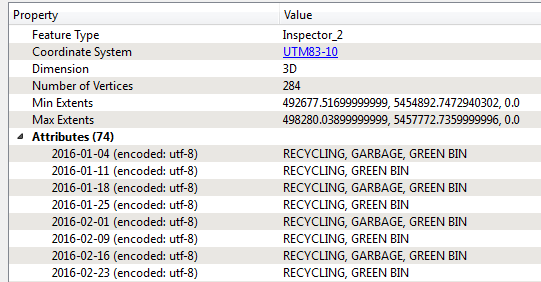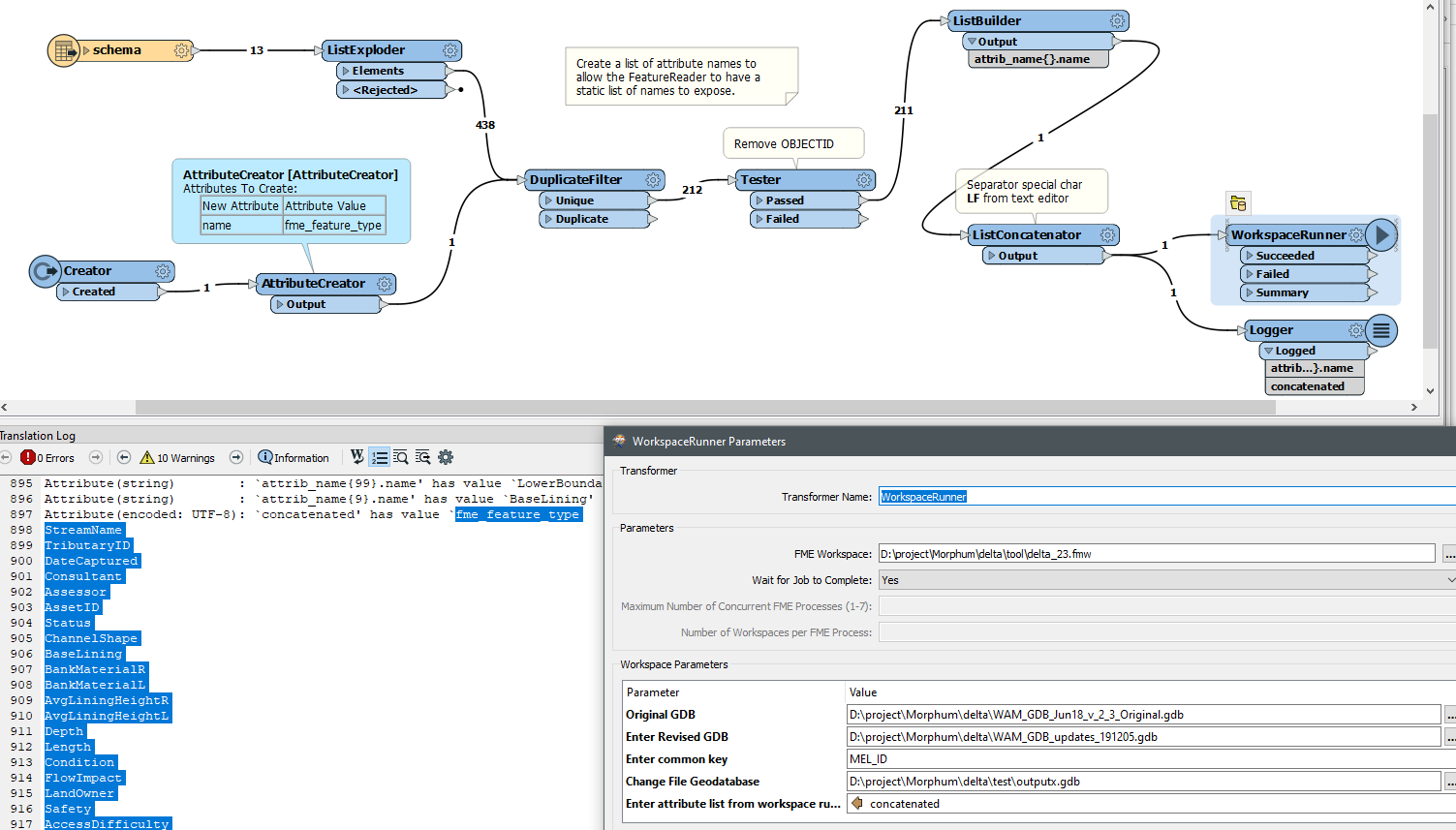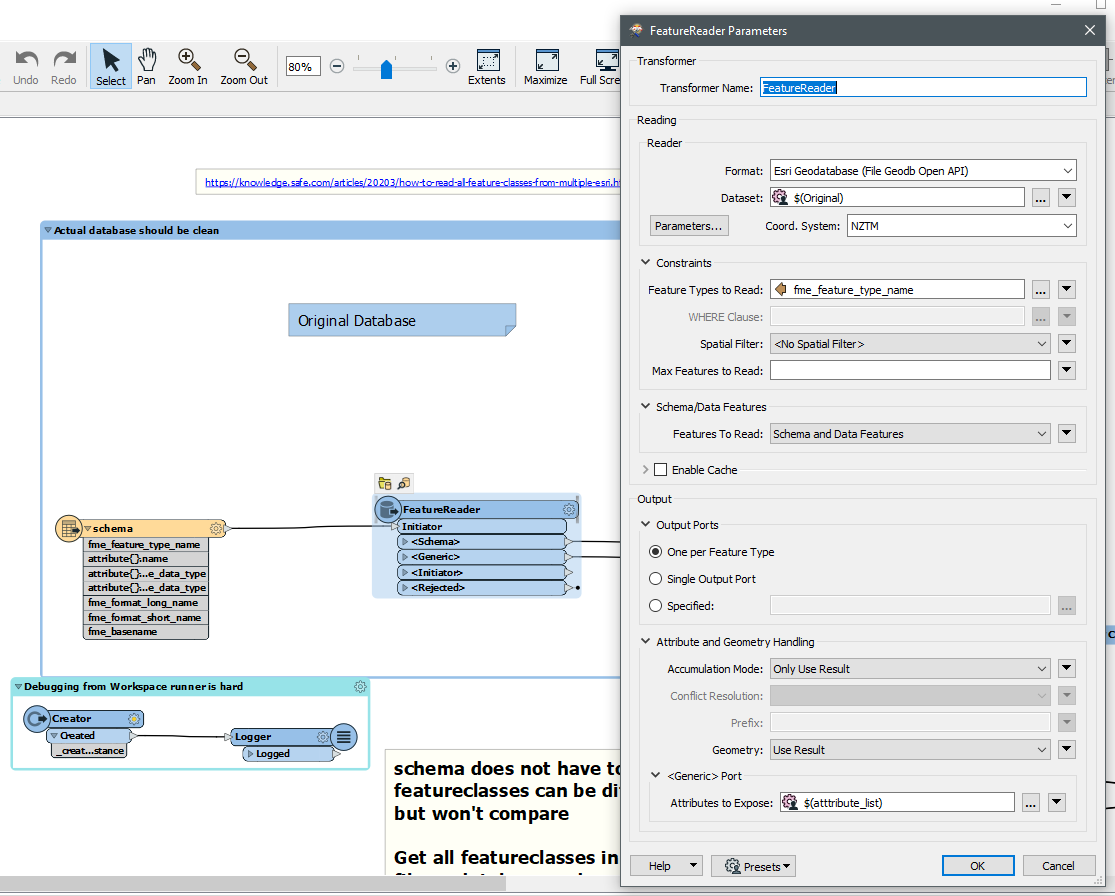I have a workspace that reads from a spreadsheet and dynamically makes attribute names based on a date column, with the values of the attributes being the services offered on that date, as shown.

While the Feature Inspector sees these attributes, they are not exposed in the canvas and the writer is not aware of them, even when I make a dynamic writer and set Schema Sources as "Schema from first feature". Doesn't work with AttributeExposer either, as it does not see these dynamically generated attributes.
The spreadsheet will have different dates every year. Is there a way to write these attributes dynamically into the writer?
Thanks












